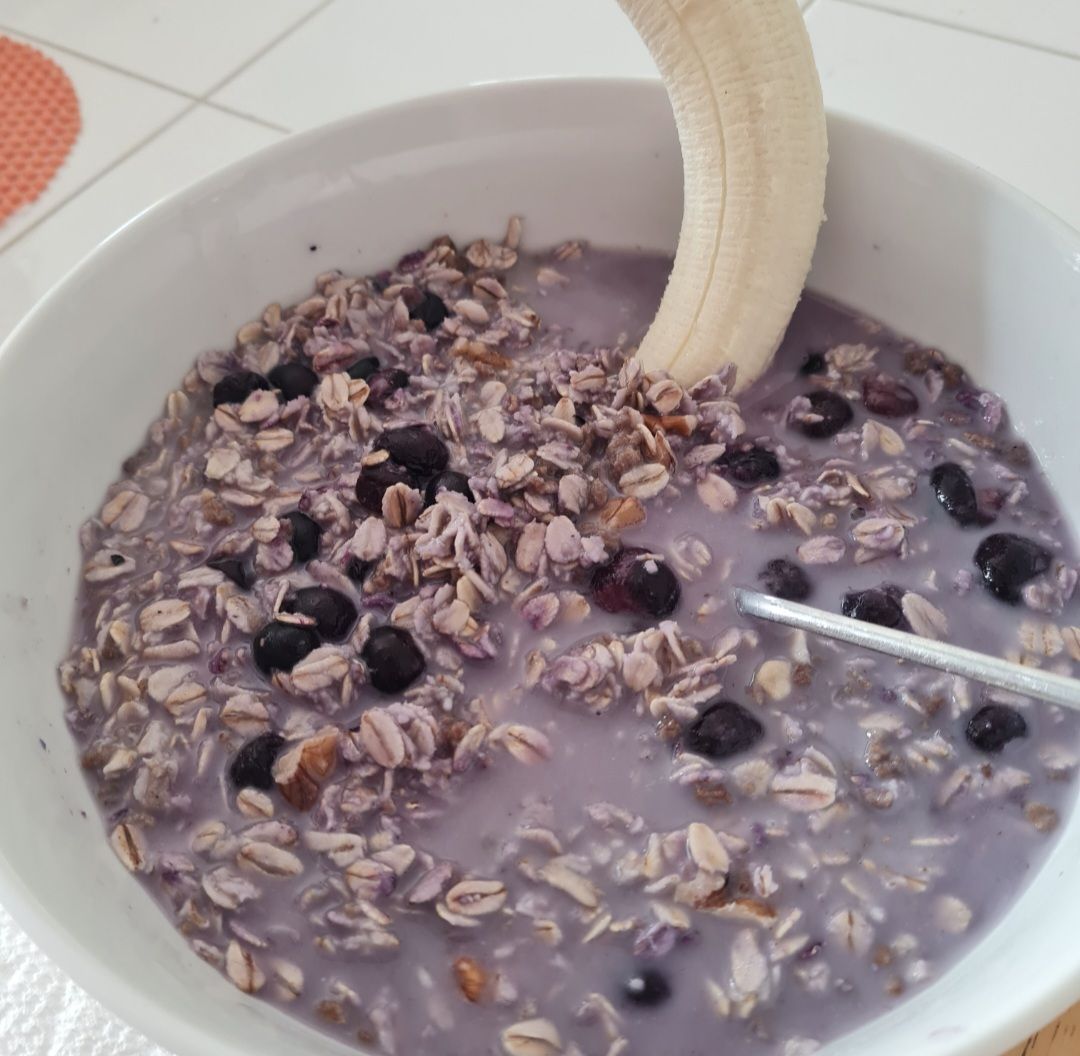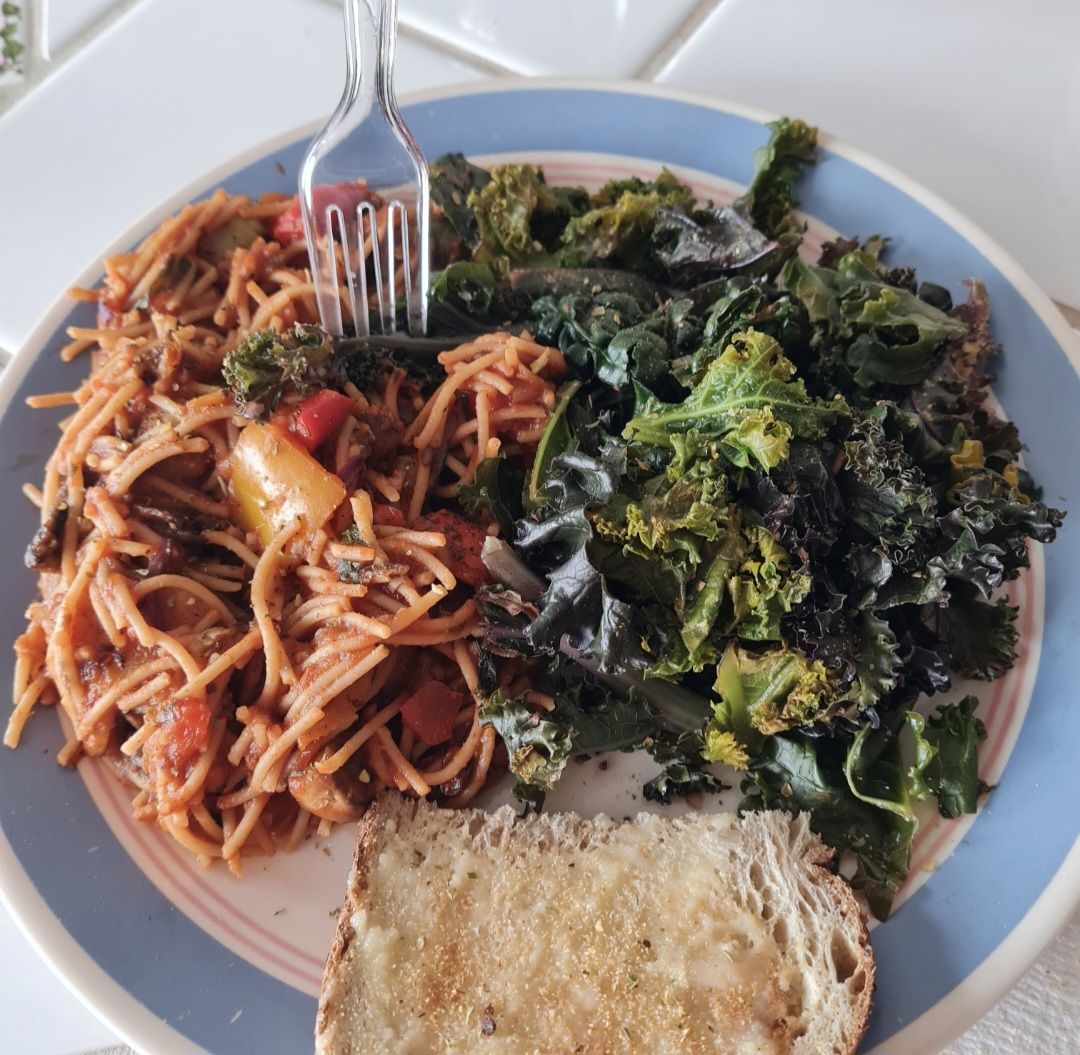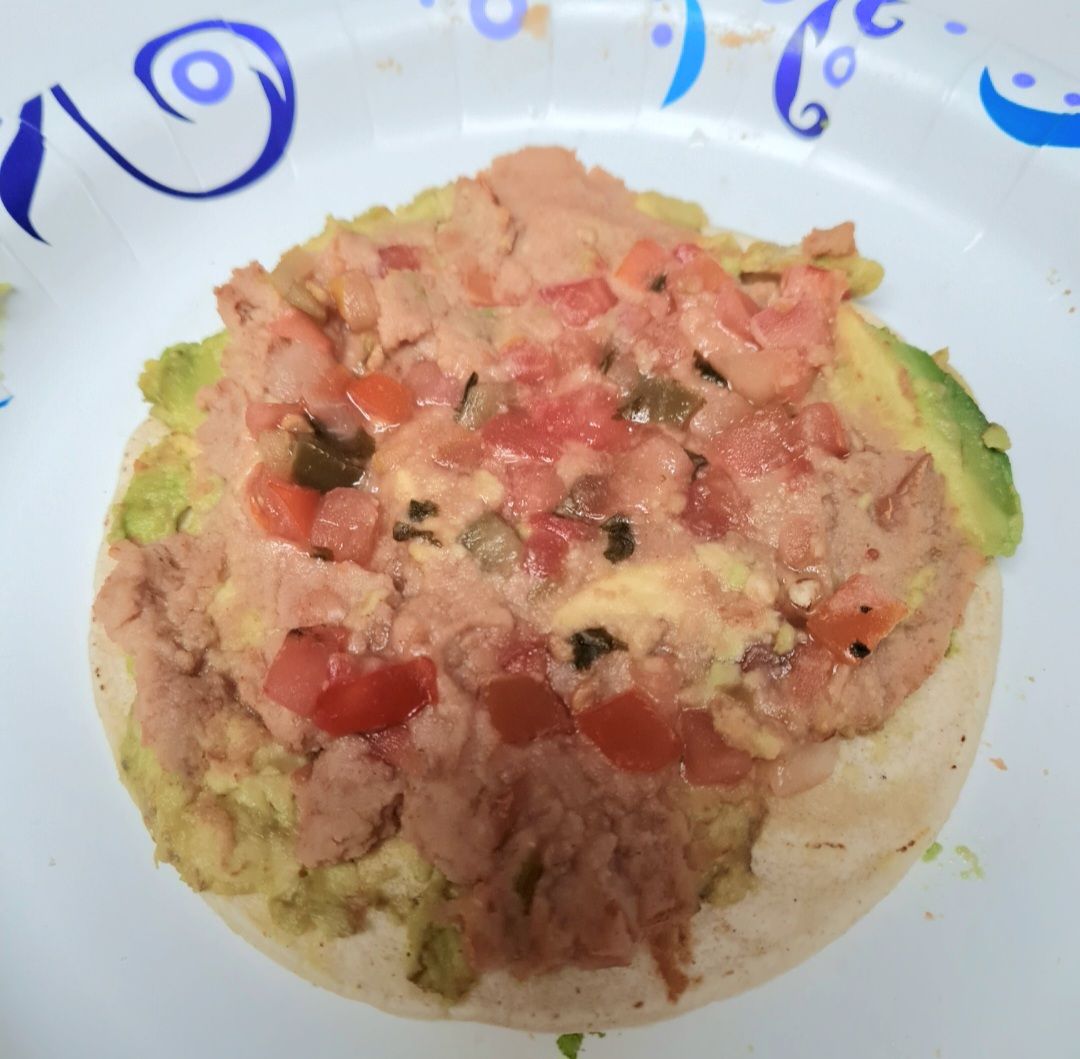VP: We already talked about coronary artery disease in the chapter on that subject. But to briefly summarize: elective stenting and CABG have only a minimal benefit, and usually do not decrease the risk of future myocardial infarction, or all cause mortality.
Pmp: High tech is great for computers, and great for radiology machines, but the human body prefers low tech approaches like diet and exercise.
Ding dong! The old monarchs of stents and surgeries are dead!
Long live the new monarchs of Vegan diet and exercise!
SR: Hold on a second. Interventional cardiologists save lots of lives by reopening arteries during acute myocardial infarctions (MI).
VP: Yes. For acute MI, cardiac cath with stent placement saves lives.
Pmp: But most patients have chronic symptoms.
SR: And cardiac surgery saves lots of lives.
VP: Yes. There are some patients who greatly benefit from cardiac surgery. Cardiac patients are often complex, with combined arterial, and valvular disease.
Pmp: Granted. There are a lot of patients who benefit from stents, and surgery. However, the VAST MAJORITY of patients would obtain optimal results by becoming health vegans.
In a health vegan population – following an Esselstyn equivalent diet – coronary artery disease does not exist.
Obesity does not exist.
VP: When one also makes the diet “low sodium,” then hypertension usually does not exist.
Pmp: And when eating plant foods, there is adequate potassium, and magnesium, and fiber; so cognitive function is improved, and abdominal pressure syndrome is minimized, and autoimmune disease is rare.
Paradise regained!
VP: You only get one life on this planet. Make it healthy. Choose Vegan: the only diet proven to prevent atherosclerosis, obesity, hypertension, and diabetes.
SR: What about the difference between grass fed cattle versus factory farm cattle?
VP: Yeah, sure. Factory farm cattle that are fed a diet high in omega 6 fats, are going to have more omega 6 fats.
But the point is moot. People should not eat any meat. You can’t polish a turd. Meat is a metabolic poison. Even the best possible meat is high in animal protein and saturated fat; poison for humans.
The only exception is human breast milk, during infancy. That’s it.
SR: How much fat is ideal for adult humans?
VP: Less than 5%. Ideally, I would like my dietary fat to be about 5%, but that’s hard to achieve.
A low fat, low sodium, 100% plant based, starch based diet will probably lead to about 10% fat, 10% protein, and 80% carbohydrate.
Kempner’s rice diet was about 5% fat, 5% protein, and 90% carbohydrate.
The lower that fat content, the skinnier the population; the lower the cancer rates.
Pmp: Most people do not know that meat has tons of fat, especially saturated fat. Butter is about 55% sat fat. Beef has about 50% sat fat. Pork has about 40% sat fat. Chicken has about 30% sat fat.
SR: How does fatty acid nomenclature work?
VP: Fatty acids are long chain carboxylic acids. In organic chemistry nomenclature, numbering of fatty acid carbons begins with the carbonyl carbon (also known as the carboxylic carbon). The carboxylic acid is polar. The fatty acid “tail” is nonpolar, hydrophobic.
In the biochemistry and nutritional literature, the numbering begins with the METHYL end carbon which is also called the OMEGA end. TheMETHYL method is better for nutrition and biochemistry because the omega end remains constant. With the METHYL method, when there is an elongation reaction, the double bond stays in the same numerical place; like for making a C18:3, w-3 fatty acid, into a longer fatty acid, like EPA C20:5, or DHA C22:6.
The “w” designation is for the location of the double bond, based on counting from the METHYL end carbon, which is also called the OMEGA end carbon.
SR: What is saturated fat?
VP: Saturated fat has no double bonds. Saturated fat is usually solid at room temperature. Butter is a good example of saturated fat. The fat in steak is primarily saturated fat.
Saturated fat causes a big increase in LDL cholesterol, which is quite atherogenic. Saturated fat accumulation in RBC plasma membranes, causes stiffening of those membranes. Stiff RBC membranes means increased blood viscosity.
Increased blood viscosity means increased blood pressure. Increased blood pressure means increased atherosclerosis. Increased atherosclerosis means increased myocardial infarction.
SR: What are common examples of saturated fat?
C16:0 is palmitic acid. PALMitic acid is the most common form of saturated fat. PALMitic oil is of course very common in PALM oil. Palmitic is also the most common type of saturated fat in beef, chicken, pork, and milk.
C18:0 is stearic acid. Stearic acid is the second most common form of saturated fat.
SR: What about omega 3 fats?
VP: Omega 3 fats have a double bond at the number 3 position, which is listed as w-3.
SR: What are common examples of omega 3 fats?
VP: C18:3 w-3 is alpha linoleNic acid (ALA) which is present in plant foods.
C20:5 w-3 is EPA (EicosaPenaenoic Acid); especially present in ocean plants, and cold water fish.
C22:6 w-3 is DHA (DocosaHexaenoic Acid); especially present in ocean plants, and cold water fish.
SR: Why do all the common fatty acids have an even number of carbons?
VP: Because they are built up from 2 carbon units, called acetyl units. Palmitic acid C16:0 is the most common fatty acid, made in mammals, by fatty acid synthase.
SR: Are omega 3 fats good for you?
VP: No. Omega 3 fats are still an oil. All oils are bad for health. It is difficult to purify fish oil, and there is concern about risk of contamination.121314
Pmp: Omega 3 oil is a highly processed food. All oils promote obesity.
VP: Increased dietary omega 3 oil is associated with possible increased insulin resistance and diabetes, and possibly increased risk of prostate cancer.
SR: What are common examples of omega 6 fats?
VP: C18:2 w-6 is Linoleic acid.
SR: What are common examples of MUFA’s (MonoUnsaturated Fatty Acids)?
VP: C18:1 w-9 is oleic acid. Oleic acid is the main type of oil in olive oil, comprising about 73% of olive oil.
SR: What other oils are found in olive oil?
VP: It depends on the type of olive oil. Olive oil may contain saturated fat like palmitic oil up to at least 11%, and omega 6 oil like Linoleic acid C18:2 w-6, up to 9%, and omega 3 fat like alpha linolenic acid up to .8%.15 Notice that these numbers show a significant amount of saturated fat, and a ratio of omega 6 fat >> omega 3 fat.
SR: What is the significance of the omega 6 to omega 3 ratio?
VP: Our ancestors are thought to have eaten a ratio of omega 6 to omega 3 of about 1:1. Nowadays, MOFFUUC’S PP eaters get a huge excess of omega 6 fats >>> omega 3; and this causes inflammation.
SR: What is a triglyceride?
VP: Triglycerides (TG’s) are also called TriAcyl Glycerides (TAG’s). Acyl means fatty acid group, as in fatty acid being part of a larger molecule, like a TAG.
Glycerol is the “backbone” of TAG’s. Glycerol is the same thing as “propane-triol,” which is a 3 carbon alkane with a hydroxyl group – (hydroxyl group is same thing as an alcohol group) – on each carbon.
The vast majority of dietary fat is triglycerides. When someone says “fat,” they usually mean triglyceride, unless otherwise specified.
SR: What is the difference between a fatty acyl group, and a free fatty acid?
VP:An “acyl group” usually refers to a fatty acid group on a bigger molecule, like a TAG.
A free fatty acid is by itself. Free fatty acids are sometimes called NEFA’s (Non-Esterified Fatty Acids). Most fatty acids in the typical fat person, are in storage form, which means esterified to a glycerol molecule, as part of a TAG, in adipose tissues.


